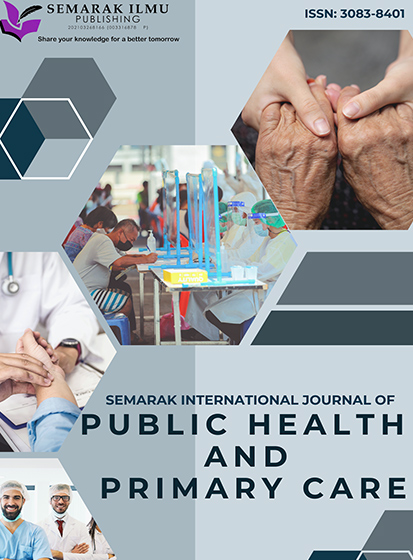Integrating HIRARC and Fault Tree Analysis (FTA) for Comprehensive Work Health and Safety Assessment in a Wood Industry Workshop
Keywords:
HIRARC, Hazard, Risk, Risk AssessmentAbstract
The wood business is inherently dangerous, with workers frequently exposed to hazards such as mechanical breakdowns, chemical exposures, and ergonomic strains. Ensuring the safety and health of workers in such circumstances is critical. The objective of this study is to identify the potential risks associated with each occupation, determine the underlying causes of workplace accidents, and subsequently propose recommendations for enhancing safety. This study provides a thorough examination of occupational health and safety in a wood industry workshop, employing the HIRARC (Hazard Identification, Risk Assessment, and Risk Control) approach and the Fault Tree Analysis method (FTA). The investigation commences by methodically analysing potential dangers that may be present in the workshop, encompassing physical, chemical, fire, noise, ergonomic, electrical, and environmental threats. A comprehensive risk assessment is performed to evaluate the probability and magnitude of these dangers, with them being categorised based on their levels of risk. The findings emphasise areas of elevated risk, specifically the use of machinery, manual handling, and exposure to wood dust and chemicals. Next, risk management strategies are suggested to reduce the highlighted dangers, with the significance of engineering controls, administrative controls, and personal protective equipment (PPE) being highlighted. The measures include the installation of machine guards, improved ventilation systems, ergonomic workstation design, comprehensive safety training programmes, and regular maintenance schedules. The HIRARC method's systematic approach to identifying and addressing workplace dangers demonstrates its efficacy, ultimately resulting in a more secure work environment. The findings of this study are useful for industry practitioners and safety managers seeking to improve occupational health and safety standards in wood industry workshops. Future research directions include continual monitoring of existing safety measures and the use of enhanced safety technologies.









